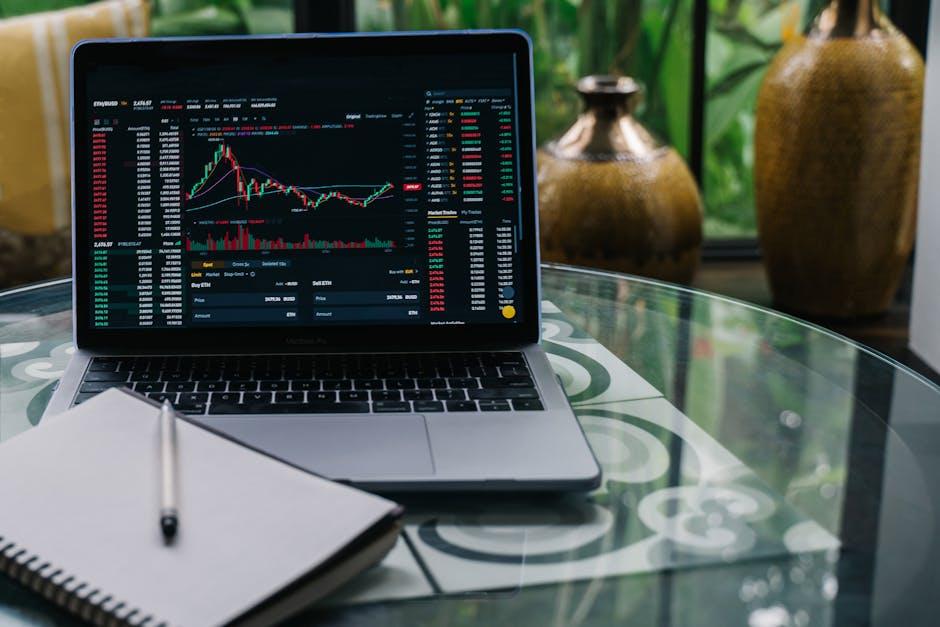Franklin Templeton’s Max Gokhman shares insights on catering to the growing demand for cryptocurrency among investors.
As crypto gains traction, financial institutions face increasing pressure to welcome digital assets.For Franklin Templeton Investment Solutions, led by Max Gokhman, adaptation is key. In a recent interview with crypto.news, Gokhman addressed the challenges and opportunities facing his firm.
Client interest varies widely. Large institutions maintain minimal enthusiasm, while retail investors show heightened interest. The trend extends to family offices and smaller endowments, which are keen on adding crypto to their portfolios. Gokhman notes that as regulatory clarity improves, demand is likely to surge further.
to accommodate these shifts, Franklin templeton has introduced tailored products. Their asset allocation models blend digital assets with customary investments, starting at a modest 1% for conservative setups and escalating to 6% for bolder portfolios. This strategy ensures that even volatile digital assets fit within broader investment objectives.
- The firm avoids dismissing client preferences, honoring those seeking up to 10% in crypto, despite the associated high risk.
- Crypto-native clients might opt for as much as 60% exposure combined with conventional investments.
Gokhman emphasizes the importance of clear dialog regarding portfolio risk, ensuring clients fully grasp implications. He also lauds the industry-wide embrace of digital assets across diverse sectors, including cryptocurrencies, smart contracts, DeFi, and utility tokens.
Regarding Bitcoin, gokhman counters the notion of it being counter-cyclical. He sees it aligning closely with risk assets, predicting increased correlation as institutional involvement deepens. Tho, he highlights潜力 in choice assets like Ethereum and Solana for their technological foundations and practical applications.
Understanding Crypto valuations and Tokenization
when evaluating crypto tokens,we categorize them based on six key factors. These include quality, size, growth, value, momentum, and intangibles. Quality looks at supply dynamics and daily active users. Size considers market cap. growth tracks transaction trends and developer activity. Value



